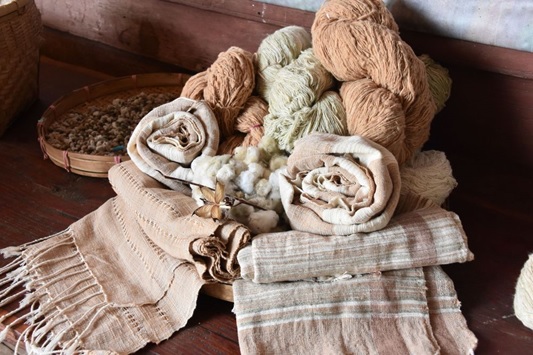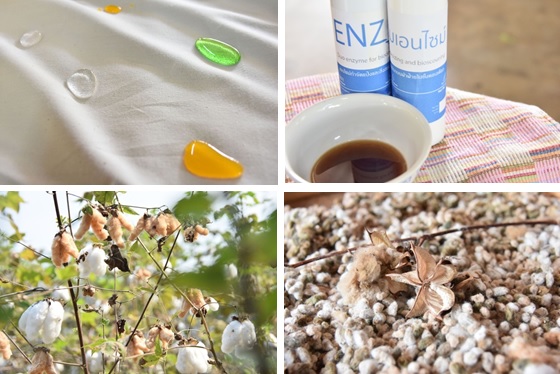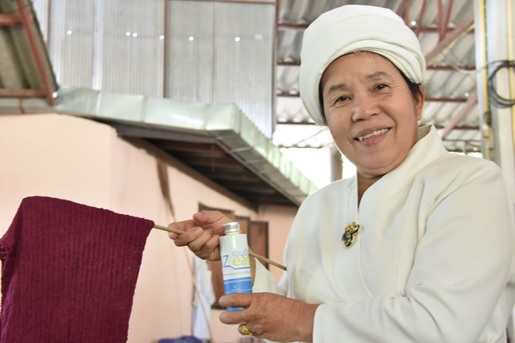Traditional textiles from Thailand’s northern region are famous for their colorful and intricate pattern designs attributed to rich cultural influence from indigenous tribes and neighboring countries of Laos and Myanmar. Their unique production which involves weaving and dyeing techniques passed on from generation to generation also adds character to these charming textiles.

NSTDA researchers have successfully developed a number of innovations for textile industry. Trusting that these innovations will enhance and upgrade the textile industry, NSTDA set up a project to introduce the technologies and innovations to the weaving villages and groups in 6 northern provinces, namely Mae Hong Son, Chiang Mai, Lampang, Nan, Phayao and Lamphun. The project focuses on three key concepts: 1) Enhance the knowledge management and develop knowledge communication mechanism in order to raise awareness of technologies among the community; 2) Apply appropriate technologies to improve the products and processes, and 3) Upgrade the community and society by employing advanced technology to add value to existing products.
In Lamphun province, three technologies have been introduced, namely enzyme technology, natural dye and nanotechnology. Developed by NSTDA research team, ENZease is a “smart enzyme”, consisting of amylase and pectinase activities which are active at the same pH and temperature ranges. The duo-activity enzyme enables both desizing and scouring processes of cotton fabric in one single step, thus saving time, energy and cost. ENZease replaces caustic chemicals traditionally used in desizing and scouring, and therefore making this textile process more eco-friendly and better preserving the strength of the fabric. Another technology is the use of natural dyes. Proper technique to prepare natural dyes in concentrated liquid and powder forms has been taught. The sources of natural dyes found in this area are longan-tree leaves, neem-tree bark and marigold flowers. And lastly, the use of nanoparticles to coat the surface of textiles can impart special properties to the fabric, such as UV-block, anti-bacteria, water repellency, smoothness and softness.

With innovations, villagers in Lamphun can create premium-quality and eco-friendly textiles and clothing. As Lamphun is being promoted for heritage and cultural tourism, souvenir items derived from traditional textiles are on high demand. Premium-quality and eco-friendly souvenirs can thus bring villagers more earnings, supporting sustainable tourism for Lamphun.

